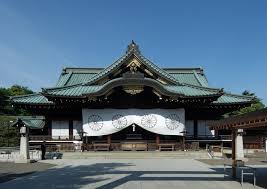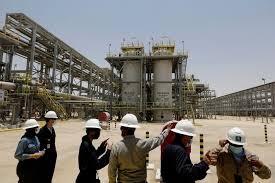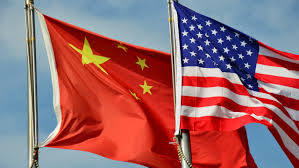Yasukuni Shrine, located in Tokyo, Japan, has long been a focal point of tension and controversy, both domestically and internationally. Its significance stems from its role as a symbol of Japan’s imperial past, particularly during World War II, and the enduring debates over historical memory and responsibility in East Asia.

Historical Background
Established in 1869 by Emperor Meiji, Yasukuni Shrine was originally intended to commemorate the souls of those who died in service to Japan. Over time, it evolved to enshrine over 2.5 million souls of Japan’s war dead, including soldiers, war-time nurses, and others involved in Japan’s various military conflicts.
The Core of the Controversy
The primary source of contention surrounding Yasukuni Shrine arises from the enshrinement of 14 Class-A war criminals, including leaders such as General Hideki Tojo, who were convicted by the International Military Tribunal for the Far East after World War II. These individuals are remembered for their roles in leading Japan through a path of aggressive expansionism that resulted in immense suffering across Asia, notably in countries such as China and Korea.
The act of honoring these war criminals at Yasukuni is viewed by many, particularly in countries that were victims of Japanese aggression, as an attempt to whitewash or justify Japan’s wartime atrocities. This perspective holds that paying homage at the shrine is tantamount to glorifying Japan’s militaristic past.
Political Implications
Visits to Yasukuni Shrine by Japanese politicians frequently ignite diplomatic flare-ups, especially with China and South Korea, who view such pilgrimages as indicative of Japan’s lack of remorse over its wartime actions. These visits are often seen as a barometer of Japanese nationalism and are closely watched by Japan’s neighbors as indicators of the country’s foreign policy and attitude toward its historical military aggression.
Domestic Perspectives
Inside Japan, the shrine is a subject of divisive opinion. Nationalist groups see it as a place of reverence, a sanctuary to honor fallen heroes who sacrificed their lives for the country. Conversely, many Japanese, particularly those with a more pacifist outlook, criticize the shrine’s association with militarism and argue that it impedes Japan’s efforts to reconcile with its Asian neighbors.
Legal and Religious Aspects
Legally, Yasukuni Shrine is a religious institution operated by a private religious corporation. The Japanese government, adhering to the constitutional principle of separation of church and state, officially maintains a distance from religious activities, including those at Yasukuni. However, this line often blurs, especially when government officials participate in ceremonies or make offerings, further complicating the issue.
International Reactions
The international response to visits by Japanese officials to Yasukuni Shrine is often swift and sharply negative, particularly from countries that suffered under Japanese occupation. These actions are sometimes met with official protests and can lead to a cooling of diplomatic relations.
Conclusion
The Yasukuni Shrine stands at the crossroads of history, memory, and politics. Its controversy encapsulates the complex and often painful interactions between national memory, international diplomacy, and historical reconciliation. As such, it remains a potent symbol of the challenges that arise from confronting past atrocities in a manner that is sensitive to the victims while promoting a peaceful and cooperative regional environment. The ongoing disputes surrounding Yasukuni Shrine highlight the deep scars left by war and the long road to healing that still lies ahead for Japan and its neighbors.
Also Read, PIF Acquires Majority Stake in TAWAL, Set to Create Largest Telecom Tower Company in the Region
Israeli Military Intelligence Chief Resigns After Hamas Attack Breaches Defenses
Bookmark and Follow us for more News


